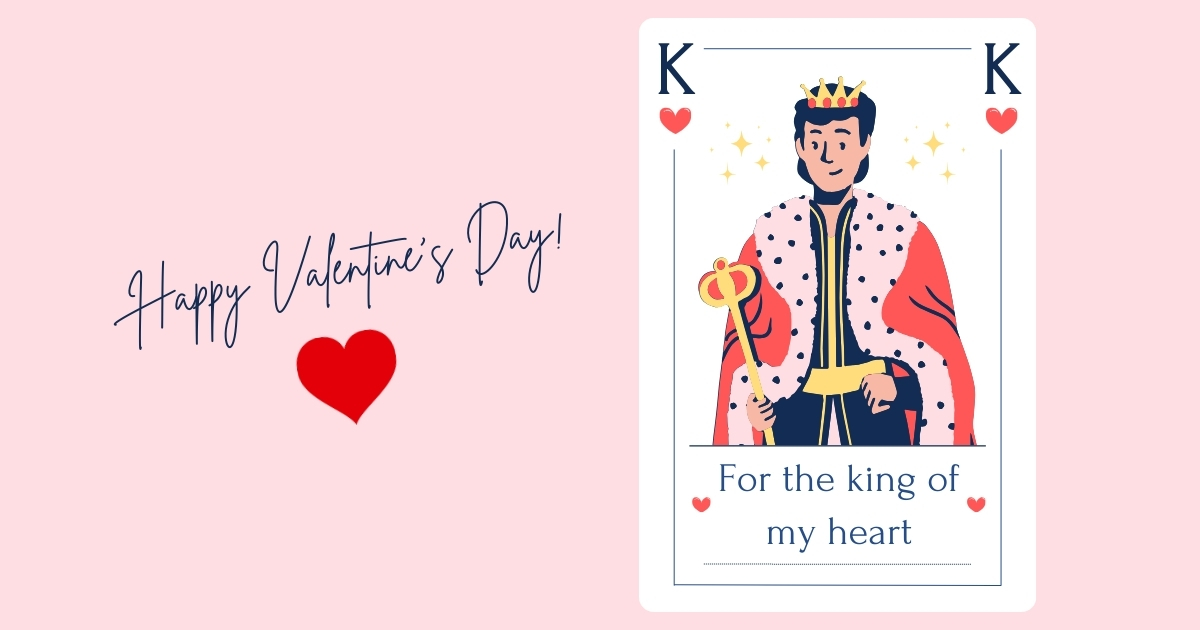
Victorian Romance: The Golden Age of Valentine’s Day Cards
The Victorian era, spanning most of the 19th century, marked a pivotal moment for Valentine’s Day. Fueled by the Industrial Revolution and the cultural emphasis on romance, the holiday transformed from a modest exchange of tokens to a widespread celebration of love. It was during this time that Valentine’s Day as we know it—filled with cards, flowers, and gifts—truly blossomed.
A Revolution in Valentine’s Cards
One of the most notable changes in the Victorian era was the mass production of Valentine’s Day cards. The invention of the penny post in 1840, coupled with advances in printing technology, made cards affordable and accessible to the general public.
Victorian Valentine’s cards were elaborate creations, featuring lace, ribbons, embossed designs, and vivid illustrations. Some cards even incorporated pop-up elements or perfumed sachets, adding a sensory dimension to the romantic gesture.
A notable contributor to this trend was Esther Howland, an American entrepreneur often credited as the “Mother of the Valentine.” Her intricate, handcrafted cards set the standard for romantic expressions in the 19th century.
A Sentimental Affair
Victorian society placed great value on sentimentality, and Valentine’s Day became an outlet for expressing emotions that were otherwise constrained by rigid social norms. Cards often featured heartfelt messages, poetic verses, or romantic imagery such as cherubs, hearts, and flowers.
One popular sentiment read:
“The rose is red, the violet’s blue,
The honey’s sweet, and so are you.”
These verses, simple yet profound, captured the essence of love in a society that prized decorum and modesty.
The Language of Flowers
The Victorian obsession with symbolism extended to the exchange of flowers, particularly on Valentine’s Day. Floriography, the art of communicating through flowers, allowed lovers to send secret messages through carefully chosen blooms.
For example:
- Red roses symbolized passionate love.
- Daisies conveyed innocence and purity.
- Forget-me-nots represented enduring affection.
A bouquet was more than just a gift—it was a coded declaration of feelings.
Novelty Gifts and Keepsakes
While cards and flowers were staples of Victorian Valentine’s Day, other gifts gained popularity as well. Lockets containing a lover’s portrait or a lock of hair were cherished keepsakes. Decorative boxes, filled with sweets or trinkets, were also common gifts.
Valentine’s Day was not just about the exchange of material items—it was a celebration of thoughtfulness and creativity.
A Bit of Victorian Humor
Not all Valentine’s Day cards in the Victorian era were romantic. The period also saw the rise of “Vinegar Valentines”—satirical or insulting cards meant to rebuff unwanted suitors or poke fun at acquaintances. These cheeky cards, often crude in tone, reflected the Victorian love of humor and wit, even on a day devoted to romance.
Famous Love Stories of the Victorian Era
The Victorian era produced its share of romantic tales, both real and fictional. One of the most enduring love stories is that of Queen Victoria and Prince Albert. Their deep bond was celebrated across the British Empire, with Valentine’s Day often serving as an occasion to honor their romantic devotion.
In literature, the works of authors like Jane Austen and the Brontë sisters captured the nuances of love, courtship, and heartbreak, further romanticizing the era’s approach to relationships.
Legacy of Victorian Valentine’s Day
The traditions established during the Victorian era—elaborate cards, symbolic flowers, and thoughtful gifts—have shaped the modern Valentine’s Day celebration. This period marked the transition from intimate gestures to widespread cultural participation, turning Valentine’s Day into a holiday that transcended class and status.
Edwardian Charm: Valentine’s Day in the Early 20th Century
As the Edwardian era dawned, Valentine’s Day evolved yet again, reflecting the social and cultural changes of the time. This was a period of elegance, luxury, and modernity, as well as the final chapter before the dramatic shifts brought on by World War I.
The Edwardian Valentine
Valentine’s cards in the early 20th century retained much of the elaborate artistry of the Victorian era but began to incorporate new printing techniques. The rise of postcards, often featuring romantic imagery or humorous illustrations, became a popular trend.
Cards of this period often featured depictions of Edwardian fashion, luxurious settings, and idyllic scenes of love. These designs mirrored the opulence and optimism of the time.
A Global Celebration
By the Edwardian era, Valentine’s Day had become a global phenomenon, celebrated in countries across Europe and North America. The holiday was no longer confined to the aristocracy; working-class families also participated, exchanging simple cards, flowers, or small gifts.
This democratization of Valentine’s Day paved the way for its commercialization, with businesses capitalizing on the holiday’s growing popularity.
New Romantic Traditions
The Edwardian period saw the emergence of new Valentine’s Day traditions, such as dining out or attending theater performances. These activities allowed couples to celebrate their love in public, reflecting the era’s more relaxed attitudes toward courtship.
Gift-giving also became more personalized. In addition to flowers and chocolates, men and women exchanged keepsakes such as engraved jewelry, monogrammed handkerchiefs, and photographs.
A Period of Transition
The Edwardian era was a time of great change, with advances in technology and shifts in social norms beginning to reshape the world. These changes were reflected in Valentine’s Day, which began to adopt a more modern and inclusive approach to love and relationships.
A Final Thought
The Victorian and Edwardian eras laid the foundation for many of the Valentine’s Day traditions we cherish today. From the artistry of cards to the symbolism of flowers, these periods remind us that love is as much about creativity and sentimentality as it is about emotion.
Check our exclusive valentine special digital products: https://quantumdot.online/shop/
